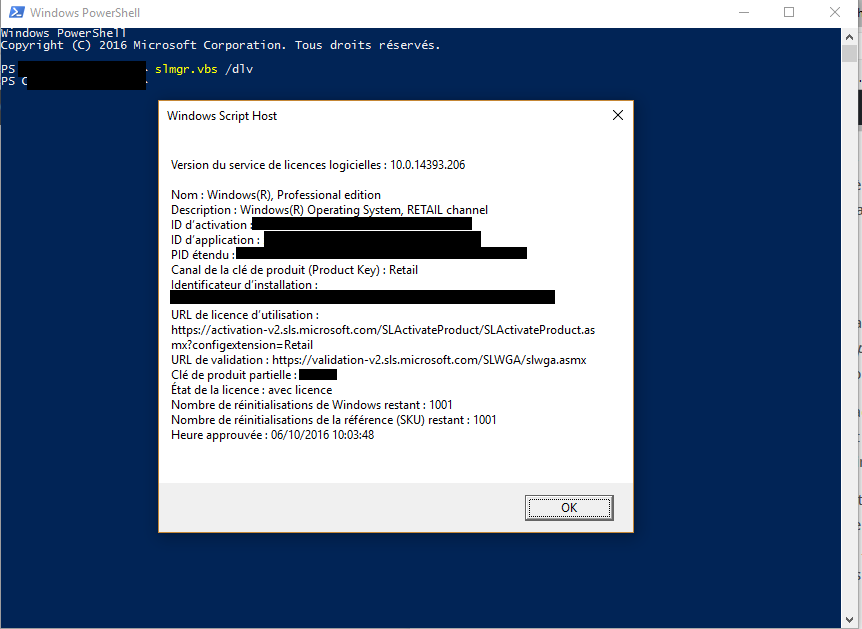
Major depressive disorder (MDD) is a major contributor to the global burden of disease (Miller and Raison 2016 Bhattacharya and Drevets 2017 WHO Mental Health Report 2020), and contributing to this burden is the significant number of patients that are treatment-resistant (TRD), whilst other sufferers experience relapses despite being on current therapies (Bhattacharya and Drevets 2017). These data reveal that PAR2 activation results in behavioural changes often associated with depression-like behaviour and an inflammatory profile that resembles that seen in patients with MDD and therefore PAR2 may be a target for novel antidepressant therapies. However, neither microglia nor peripheral lymphocytes are the source of these altered cytokine profiles. In addition, we show that AC injection leads to elevated blood sera IL-6 levels and altered cytokine mRNA expression within the brain. Using a blood–brain barrier (BBB) permeable PAR2 activator, we reveal that AC-264613 (AC) injection leads to reduced locomotor activity and sucrose preference in mice but is without effect in anxiety and memory-related tasks.

MS OFFICE 2016 PRO PLUS ACTIVATOR PATCH
Whole-cell patch clamping was used to investigate the effects of PAR2 activation in the lateral habenula with peripheral and central cytokine levels determined using ELISA and quantitative PCR. MethodsĪC264613-induced behavioural changes were examined using the open field test (OFT), sucrose preference test (SPT), elevated plus maze (EPM), and novel object recognition test (NOR). In the present study, we have built on our previous findings indicating a role for protease-activated receptor-2 (PAR2) in sickness behaviour to determine whether the PAR2 activator, AC264613, induces behavioural changes similar to those observed in depression-like behaviour.


Hence, a better appreciation of its aetiology may lead to the development of novel therapies. Major depressive disorder (MDD) is a leading cause of disability worldwide but currently prescribed treatments do not adequately ameliorate the disorder in a significant portion of patients.


 0 kommentar(er)
0 kommentar(er)
